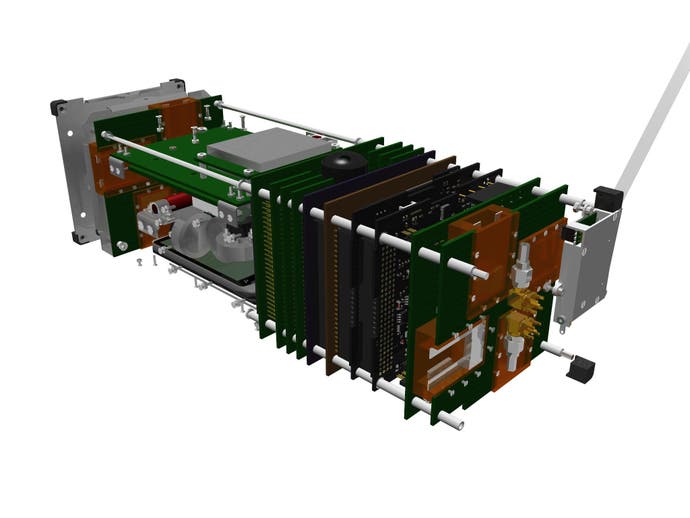Satellites to use Kinect in orbital docking system
Scientists creating "space building blocks".
UK engineers are preparing to dock two orbiting satellites using technology stripped from Microsoft's Kinect camera.

Space innovators at the Univeristy of Surrey and Surry Satellite Technology are developing STRaND, a twin-satellite mission to test the new docking technique.
Each STRaND satellite is constructed from low-cost parts found in consumer devices, with STRaND-1 using a Google Nexus phone as its onboard computer.
STRaND-1 is due for launch later this year, with its identical shoebox-sized twin STRaND-2 now in development. The pair's Kinect-based technology will scan the local area and provide the satellites with 3D spatial awareness to align themselves and dock together.
Scientists behind the project hope that the technology could be used to launch intelligent "space building blocks" that can be remotely stacked together and reconfigured to build larger modular spacecraft.
"It may seem far-fetched, but our low cost nanosatellites could dock to build large and sophisticated modular structures such as space telescopes," project lead Dr Chris Bridges explained. "Unlike today's big space missions, these could be reconfigured as mission objectives change, and upgraded in-orbit with the latest available technologies."

